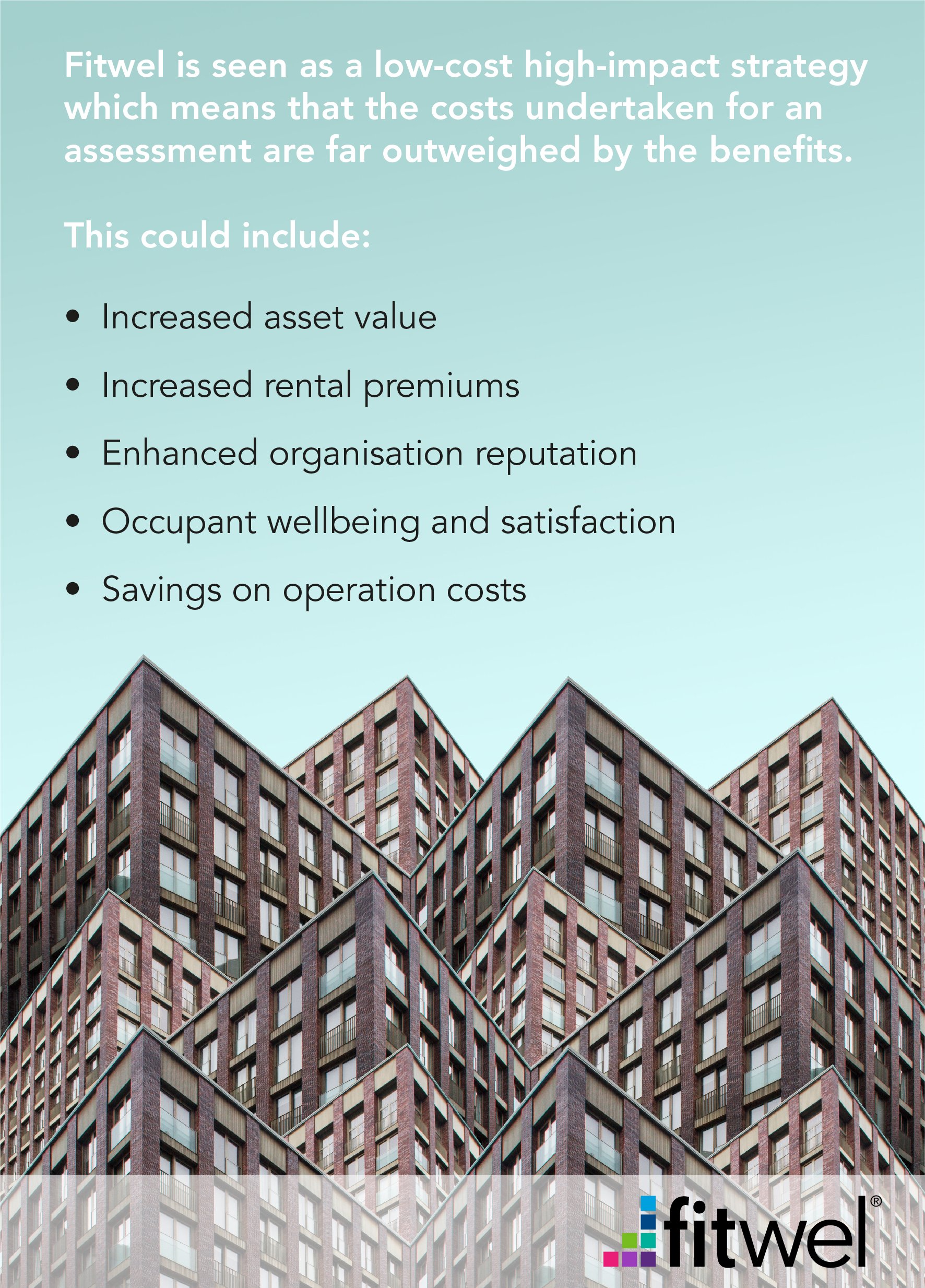Has Fitwel Gone Mainstream?
2023 is looking to become a pivotal year for how society views the progression and expectations of sustainable real-state and property. Whilst emphasis has been upon driving buildings to become net zero and carbon neutral, there is demand for health and wellbeing to be considered just as importantly. So, has Fitwel gone mainstream?
Written by
Dan Coupland
Graduate Sustainability Consultant
To contact please email:
dan.coupland@mainer.co.uk
Fitwel, a short recap…
Previous Article: Fitwel is the Future for Buildings: Our Successful Projects
In our previous article we have established that Fitwel focuses upon improving the wellbeing of all building users. The Fitwel certification, therefore, was developed in appreciation of other environmental and sustainability standards, such as BREEAM, and acts as a trusted and effective way to ensure occupant wellbeing is maximised. Furthermore, it is becoming an ever-increasing necessity and expectation to establish a working environment which prioritises how effectively an occupant interacts with the building they work in.
When did well-being become important?
The COVID-19 pandemic highlighted the want and need of workers to have spaces which made them feel as comfortable as they did when working from home. Workers demonstrated that productivity could be matched at home, whilst improving work-life balance.
When business began to open back up, building and asset owners realised that to encourage their workforces back to the office, they would rightly have to consider the needs of health and wellness to a higher degree. The need for healthier workplaces became ever more apparent - it wasn’t adequate anymore to have a room with desk in anymore and call it a workspace.
In a pre-pandemic setting, health and wellness strategies were largely overlooked when compared to other strategies for improved building functionality and operation, for instance. However, we are now seeing health and wellness come to the fore.
Nowadays, health and wellness are being woven into business strategy - allowing for a holistic approach to building design. Asset owners are now procuring buildings which keep their occupants safe and operate efficiently, whilst also improving wellbeing and productivity.
How has the popularity of Fitwel affected the market?
The increased use of Fitwel has established another benchmark in an already competitive industry, which sets out those who use and obtain certifications above those that do not. As more and more Fitwel assessments are being carried out, exposure to the industry is ever increasing.
According to data from a Fitwel survey, 86% of building owners are either highly motivated or medium motivated to employ health and wellness strategies for market differentiation
This demonstrates that Fitwel has become the to go to for health and wellness assessments, and also shows that a large majority of the industry understand just how important a Fitwel assessment is.
Why is Fitwel becoming “the go to”?
The increased use and perceived benefit of use from Fitwel assessments is largely related to how an asset owner’s return on investment is created.
Both sustainability and health and wellness strategies both work together to create value, whether that is the increased retail premium which can be extracted from a property, or enticing the best talent through the lure of a working environment which is tailored to benefit the worker.
A recent MIT Real Estate Innovation Lab survey, for example, found a 4.4 to 7 percent increase in rent premiums for buildings with health certifications. This kind of metric is a driving force for many asset managers to take the step into Fitwel, which only helps improve and increase the exposure of the assessment to building users and to the wider public.
Healthier buildings perform better in terms of tenant satisfaction, stability, and the likelihood that tenants will recommend a property, or net promoter score which only benefits the asset owner who is taking out a Fitwel assessment.
Fitwel into the future...
There is a clear precedent which has been established by societal and commercial views towards wellbeing. Health and wellness now act as a risk to commercial assets if absent.
Therefore, to offset this risk, more and more businesses will look to incorporate Fitwel standards into new buildings, alongside sustainability strategies. Using Fitwel can help businesses track how health in their assets is being improved and provides a platform in order to review and improve.
Essentially, the Fitwel and health and well-being topic can be broken down simply
Demonstrating and promoting health will attract talent
Demonstrating how your building is promoting health will attract tenants
Measuring, improving, and acting upon health will attract investors
For more information about Fitwel, please see our service page
To see how Mainer Associates can help you with Fitwel on your project,
please feel free to get in touch
For more Sustainability news and insight please subscribe to our Monthly Mainer Mailshot
To talk to Mainer Associates about any of the issues raised in the article,
please feel free to get in touch here
Please click below for more information on Mainer’s Services:
















